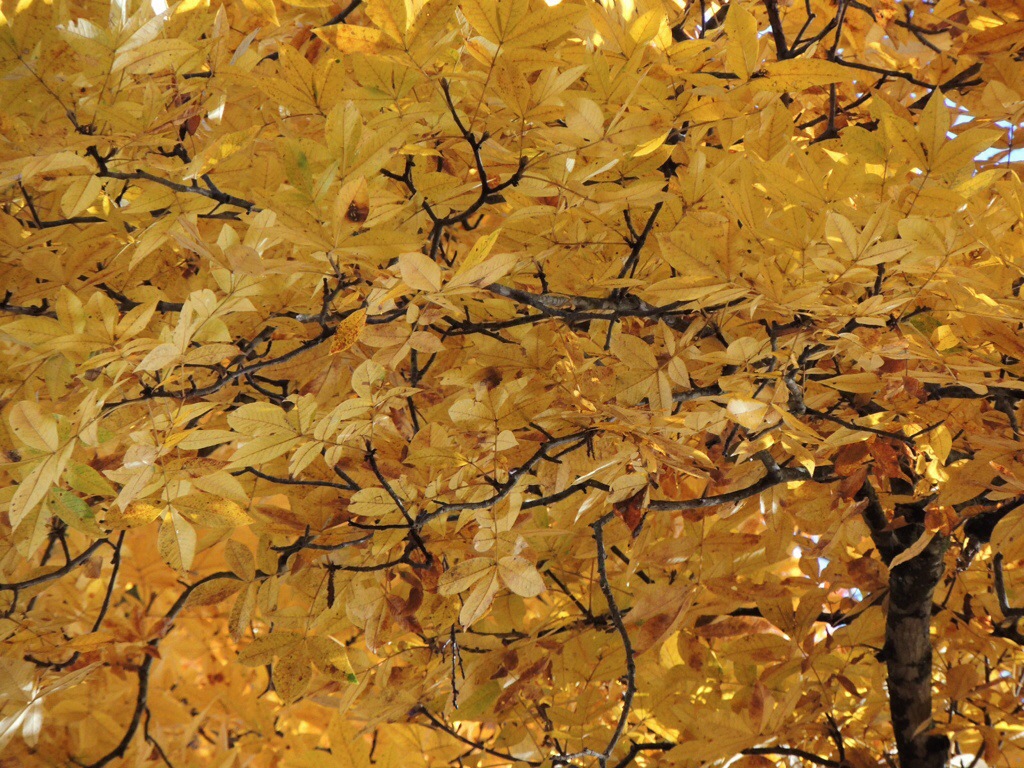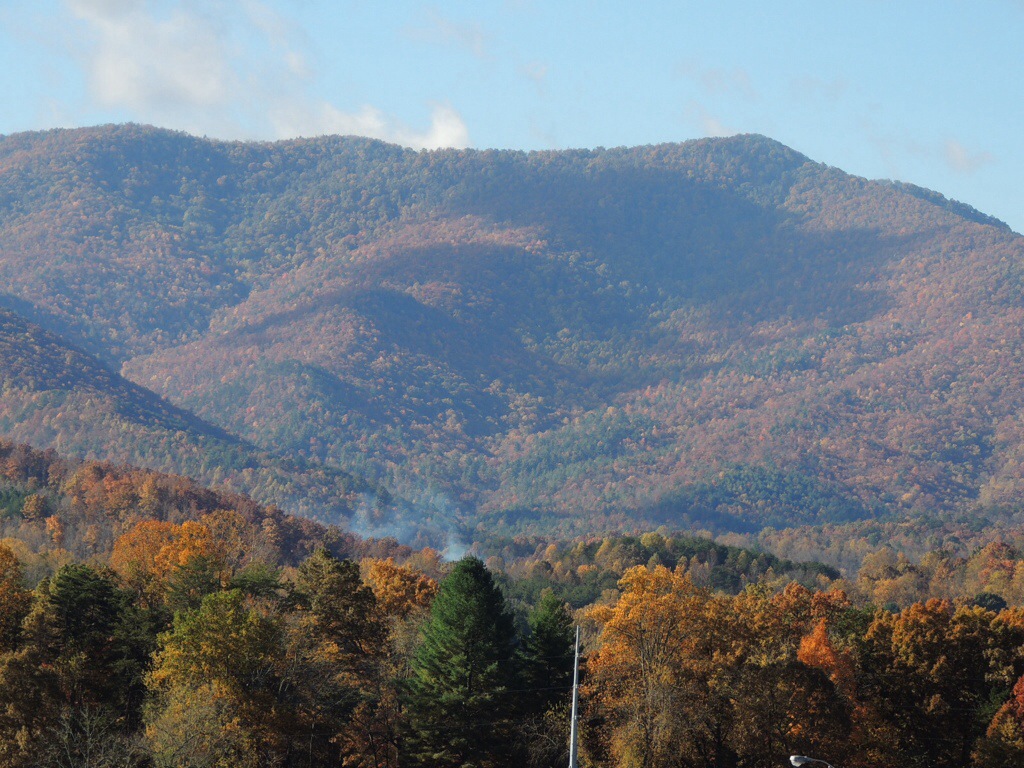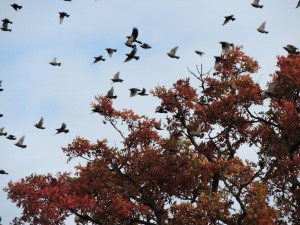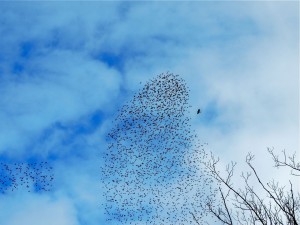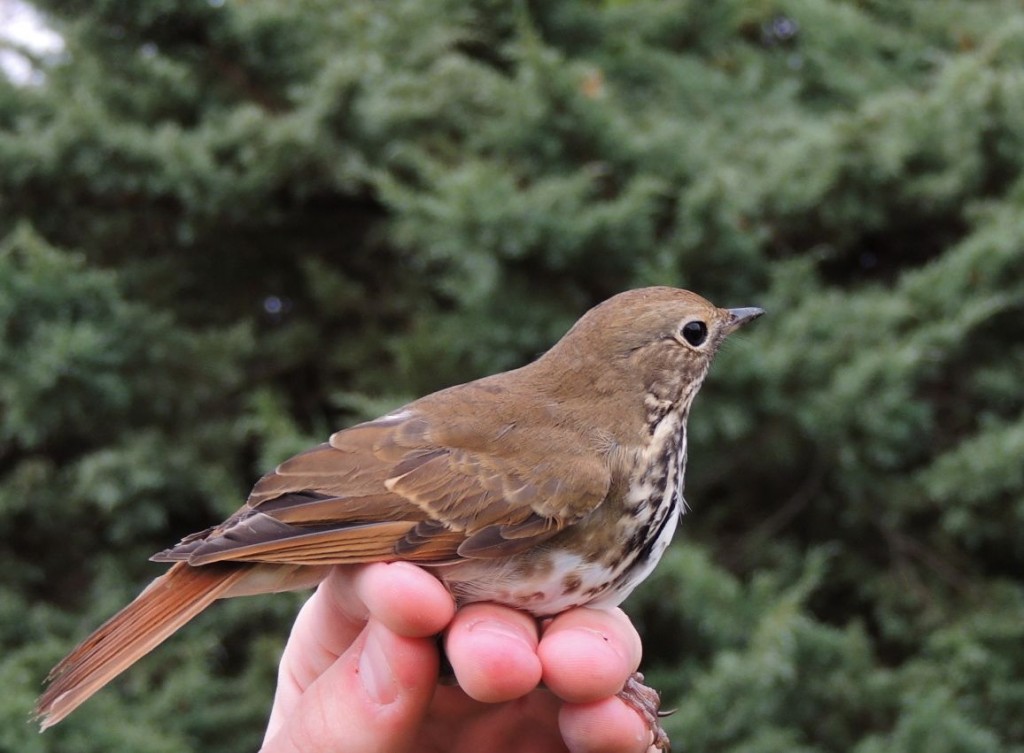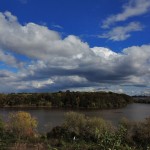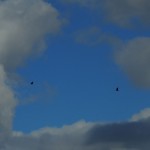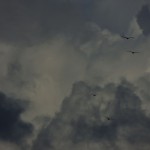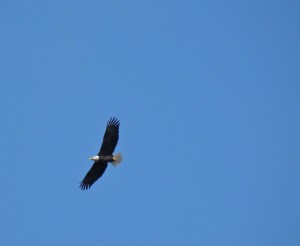October 31 2013. Wytheville Va. Interstate highway birding from the passenger’s, or worse the driver’s, seat is not rewarding. With a limited field of view, momentary glimpses at best and much of the worst of urbanization in the way, you’ll see European Starlings, Rock Pigeons and Ring-billed Gulls if you’re lucky. I exaggerate just a little for as town gives way to country there’s the occasional Red-tailed Hawk or American Crow too. It was with some excitement then that I spotted an undertaking of vultures soaring over the town of Wytheville, Virginia as we wove our way through the knot of asphalt that trisects that town, around lunchtime today. I was even more moved by the realization this wheeling bunch included a couple of Black Vultures too.
It’s quite possible that the Black Vulture is one of the least appreciated, under-exalted birds in the Americas. Perhaps it’s because they’re so common, even ubiquitous, over much of their range, a range which extends over almost all of South America, through Central America and up through the U.S.A., more or less until you get to Canada where it is almost unknown. I can’t say that I’m overly impressed by Black Vultures’ manners, not since I happened upon a noisy mob of them scrambling and squabbling over the contents of a large, greasy garbage bin behind a Savannah Ga. restaurant; it’s not their fault that so much in the way of ready food scraps was at hand, nor I suppose, that they haven’t adopted Anglo-Saxon social standards, but it kind of offended me to come across their unseemly brawl. But that’s not to say that the sight of a Black Vulture or two soaring overhead isn’t eye-catching or pleasing.
I’m very familiar with the sight of Turkey Vultures, not that I’m a particular fan of theirs, just well acquainted. And, I might say, there’s nothing I’ve seen of Turkey Vultures that deeply offends my Euro sense of propriety, even though their choice of food is a touch off-putting. In flight the Turkey Vulture is hard to mistake, its profile, if I may call it that, is nicely proportioned with a wing-to-body ratio that makes sense, it holds its wings in a shallow V and rocks from side to side as it sails by; you’ll rarely see a wing-flap although when one comes it’s leisurely, deep and deliberate. The Black Vulture by contrast, while every bit as adept in the air, presents a somewhat less elegant sight mostly on account of the lack of a rational wing to body ratio, the Black Vulture is all wings, like a dark floating plank.
Still, it’s been a while since I’d seen a Black Vulture and the surprise and the break from the general monotony of interstate biding drew a gasp of well, pleasure.
A footnote. Heading south from Ontario passing through New York, Pennsylvania, West Virginia, Virginia and North Carolina, it has been instructive watching the ebb and flow of the advance of autumnal leaf-drop. Along the south shore of Lake Erie, where the waters moderate extremes of temperatures, there was lots of colour and relatively little loss of foliage. Passing through Pennsylvania and WestVirginia the trees are largely bare except in sheltered valleys; but then it’s pretty high above sea level and that would make a difference. We’re now in the northern reaches of Georgia where most leaves still hold fast, although nearly everything has turned colour, and such colours! Exotic hues of carmine, crimson and chrome yellow flaming on trees such as Persimmon, Sourwood and Black Gum, shades unlike the fiery curtains of our northern Maple and Ash woodlands.
